News Beat
News Beat reporting is an idrw.org initiative to let our Readers to report News Based on Actual facts but some how has not been reported in Main Stream Media .
SOURCE: RAUNAK KUNDE / NEWS BEAT / IDRW.ORG
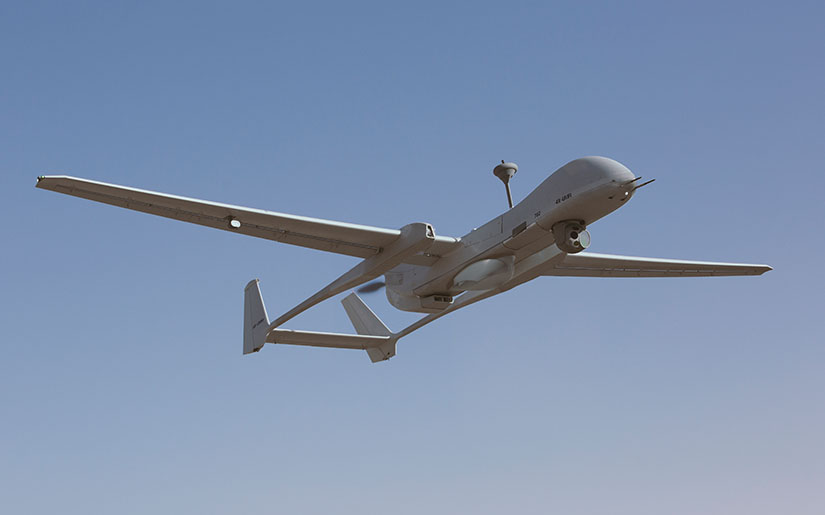
The Indian Armed Forces are gearing up for a significant boost in their aerial surveillance capabilities. According to a TimeNow report, a combined order for 91 Heron Mk2 unmanned aerial vehicles (UAVs) from Israel Aerospace Industries (IAI) is on the horizon, with local manufacturing by State-owned HAL likely.
This major acquisition comes on the heels of the Indian Air Force (IAF) already inducting four Heron Mk2s for operations along the tense northern borders with China and Pakistan. The new deal, if confirmed, is set to further equip the IAF with 42 additional units, while the Indian Army and Navy will receive 27 and 22 Heron Mk2s respectively.
Continue readingSOURCE: RAUNAK KUNDE / NEWS BEAT / IDRW.ORG
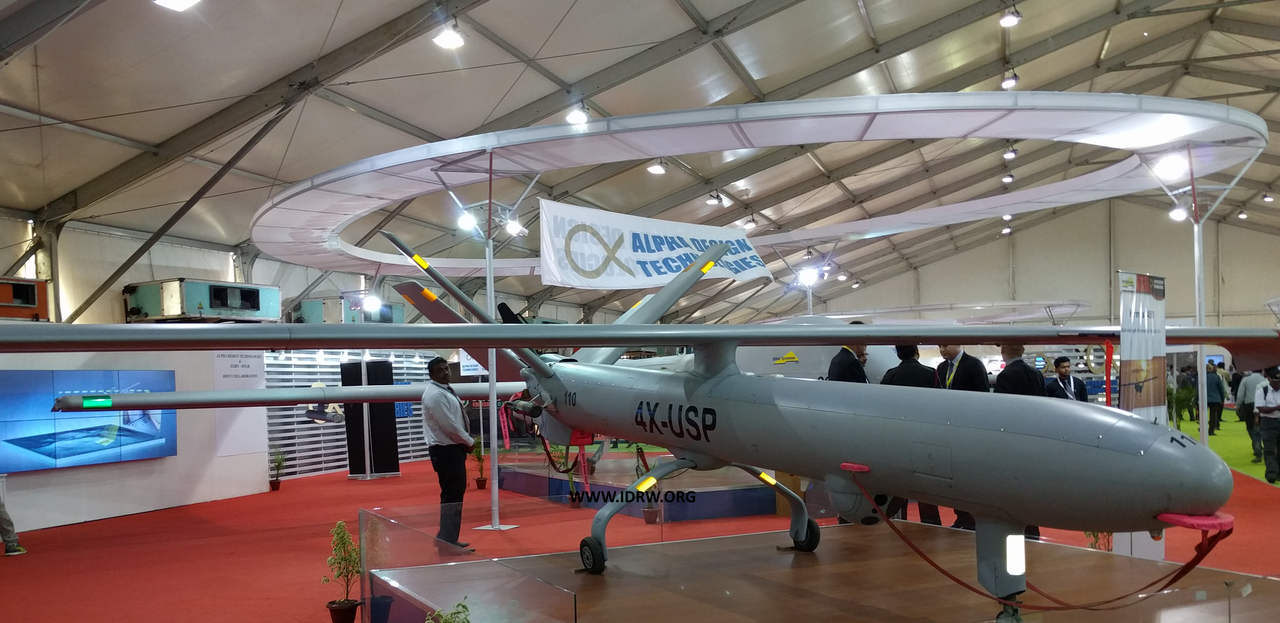
Adani Defence, having recently secured orders for the Drishti-10 drones (Hermes 900) Medium Altitude Long Endurance (MALE) Unmanned Aerial Vehicles (UAVs), is set to broaden its UAV portfolio with a strategic move to introduce the Elbit-developed Hermes 450. This smaller multi-payload unmanned aerial vehicle, designed for tactical long-endurance missions, showcases Adani Defence’s commitment to diversifying its offerings and catering to the evolving needs of the Indian Military.
The Hermes 450 is renowned for its tactical versatility, making it an ideal choice for reconnaissance, surveillance, and communications relay missions. Adani Defence’s UAV manufacturing facility in India, the Adani Elbit Unmanned Aerial Vehicles Complex (UAV), is well-equipped to produce these advanced UAVs.
Continue readingSOURCE: RAUNAK KUNDE / NEWS BEAT / IDRW.ORG
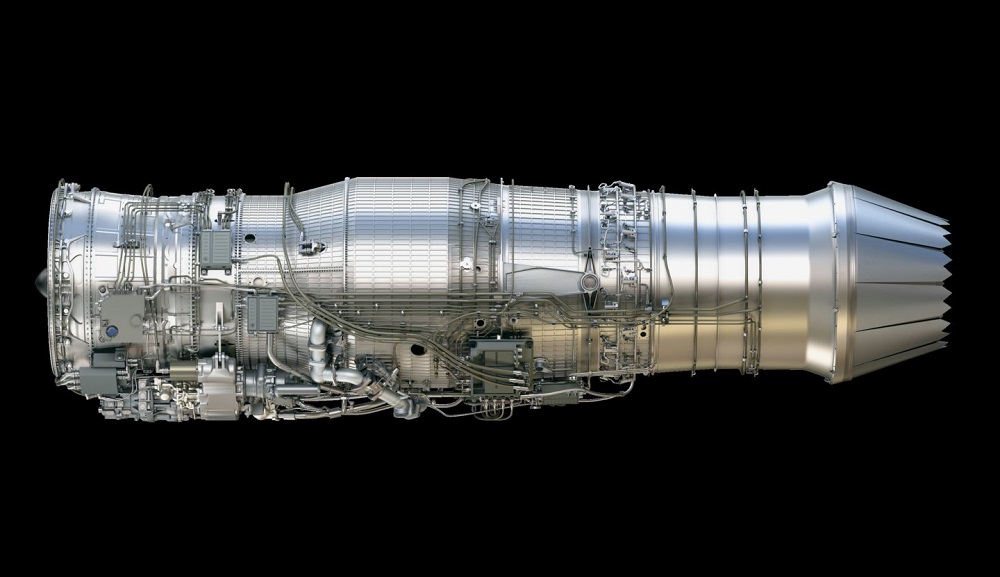
In a major development for India’s ambitious Advanced Medium Combat Aircraft (AMCA) program, General Electric (GE) Aerospace CEO Amy Gowder has expressed the company’s readiness to design and build a clean-slate engine specifically for the fighter jet’s AMCA MkII variant. This exciting prospect signifies India’s quest for self-reliance in high-thrust engine technology, taking its aeronautical prowess to new heights.
While the AMCA prototypes will initially fly with the F414 INS6 engines – currently under co-production with HAL – GE envisions a more potent engine for the AMCA MkII variant. Gowder emphasized GE’s eagerness to collaborate with DRDO’s GTRE on this cutting-edge project, leveraging their expertise in integrating the F414 INS6 on the AMCA platform to refine the design of the new engine.
Continue readingSOURCE: RAUNAK KUNDE / NEWS BEAT / IDRW.ORG
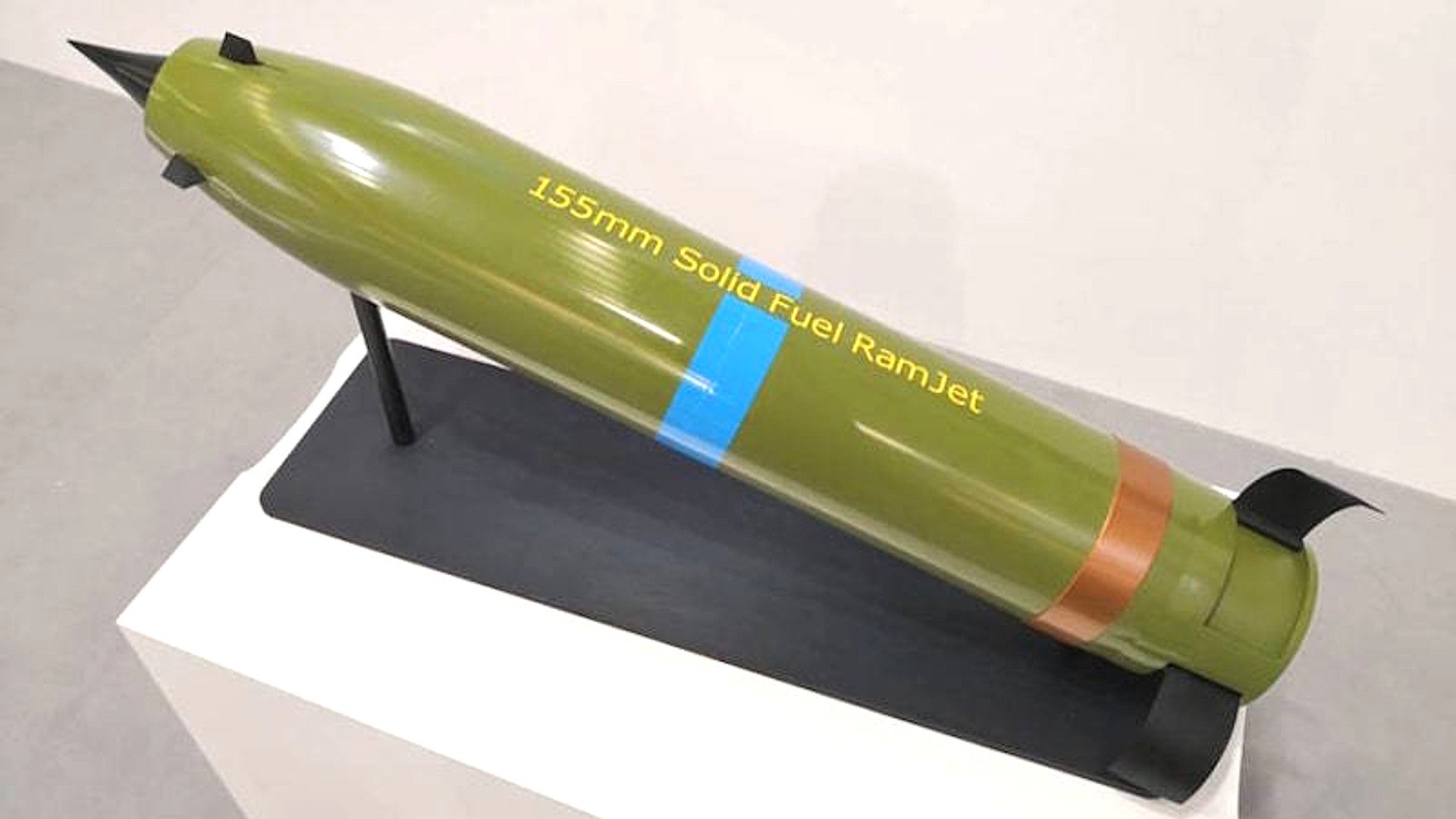
Bharat Forge, a leading Indian manufacturer of artillery guns, is setting its sights on a major leap in the range: developing a 155mm artillery shell capable of hitting targets at a staggering 100km. This would be a significant advancement for India’s military capabilities, dramatically extending the reach and precision of its artillery units.
Currently, India’s standard artillery shells are limited to a range of around 48km. This puts them at a disadvantage compared to some of their adversaries, who have access to shells with ranges exceeding 70km. Bharat Forge’s ambitious project aims to bridge this gap and propel India’s artillery technology to the forefront.
Continue readingSOURCE: RAUNAK KUNDE / NEWS BEAT / IDRW.ORG

GE Aerospace CEO Amy Gowder has ignited excitement in India’s defence domain with the confirmation that the much-anticipated deal for co-manufacturing F414 INS6 engines with HAL will be finalized by the end of 2024. Both India and the US await final approvals from the Biden Administration and Pentagon for the groundbreaking deal.
Valued at over $1 billion, this deal represents a significant leap forward in India’s quest for self-reliance in fighter jet engine technology. Gowder emphasized the unprecedented level of technology transfer involved, exceeding even that offered to traditional US partners like Sweden and South Korea. This includes critical technologies like hot-end coatings, crystal blades, and laser drilling, pushing the boundaries of technology sharing between the two nations.
Continue readingSOURCE: RAUNAK KUNDE / NEWS BEAT / IDRW.ORG

In a bid to join the League of Nations developing advanced stealth unmanned aerial vehicles (UAVs), India’s Defense Research and Development Organization (DRDO) has been making significant strides with its Stealth Wing Flying Testbed (SWiFT). This 1-ton UAV has recently undergone a series of test flights, showcasing its design and flying characteristics, while also serving as a technological precursor for a larger 15-ton Unmanned Combat Aerial Vehicle (UCAV) slated for development shortly.
Iran, Russia, and China have already initiated their programs to develop stealthy, flying-wing UAVs, and India is keen to join this elite group with its indigenous technological advancements. Swift, as a stepping stone in this direction, has been instrumental in testing and refining technologies that will find their place in the larger UCAV, which is expected to fly alongside India’s 5th Generation Advanced Medium Combat Aircraft (AMCA) fighter jets.
Continue readingSOURCE: RAUNAK KUNDE / NEWS BEAT / IDRW.ORG

The Indian Air Force (IAF) has opted for continuity over novelty, choosing to acquire used Embraer ERJ-145 regional jets for its next-generation Netra Airborne Early Warning & Control System (AEW&CS) platform instead of the Brazilian aerospace major’s new Praetor 600 business jet.
The Brazilian Aerospace major extended an offer to supply the Praetor 600 as the new platform for mounting the Netra AEW&CS Sensor suites, last year at Aero India 2023 However, the IAF opted to stick with the older ERJ-145 business jet, which has been serving this role for the Netra Mk1 AEW&CS already inducted into the IAF.
Continue readingSOURCE: RAUNAK KUNDE / NEWS BEAT / IDRW.ORG
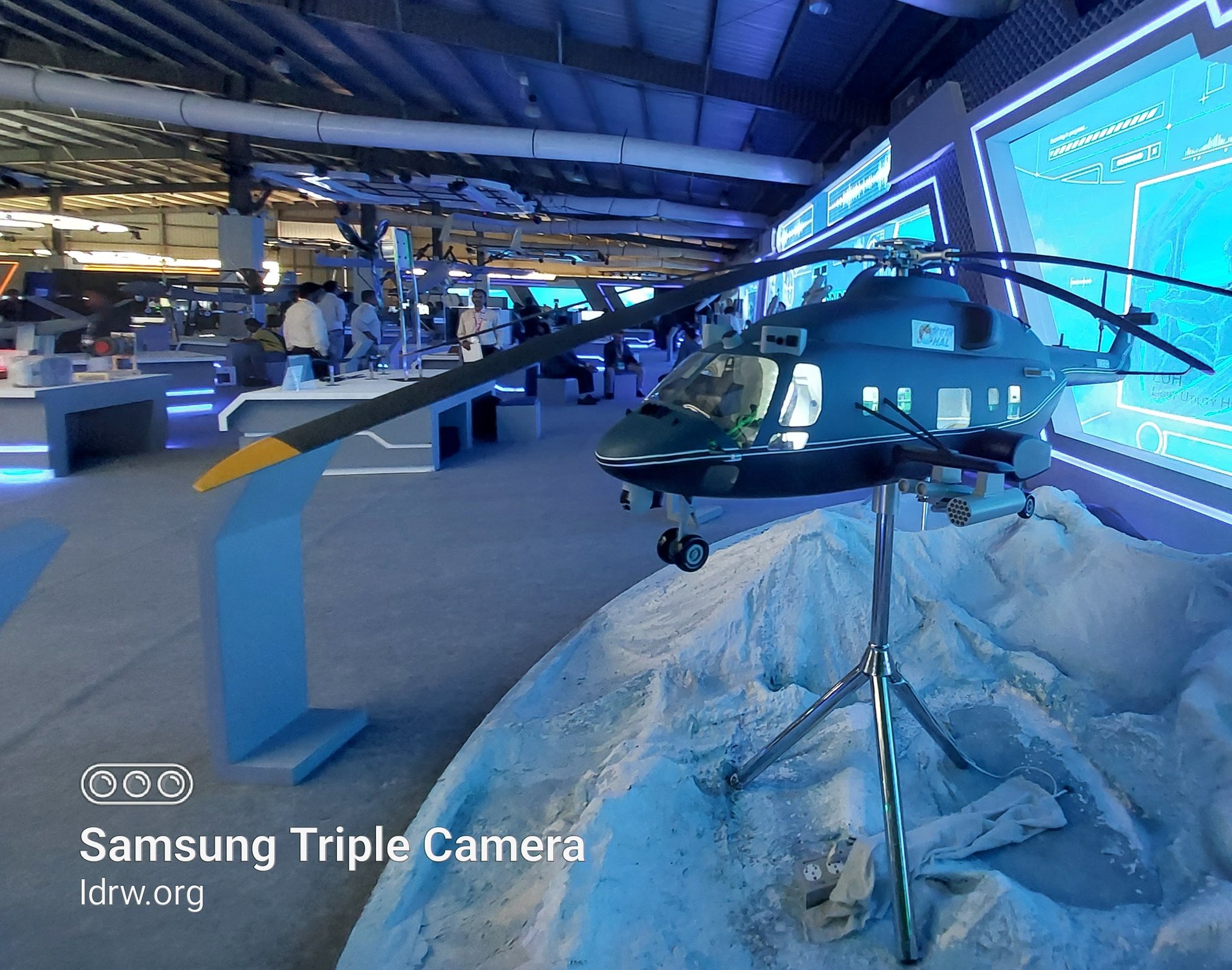
Hindustan Aeronautics Limited (HAL) is fast-tracking the development of the Indian Multi-Role Helicopter (IMRH), a project poised to replace ageing Russian helicopters in the Indian military. Sources indicate the Cabinet Committee on Security (CCS) meeting for project approval is expected in the coming week, following successful completion of the Preliminary Design Review (PDR) and Critical Design Review (CDR).
The project envisions a robust 12-ton multi-role helicopter, with an estimated development cost of ?10,000 crores. This significant investment underscores India’s commitment to bolstering its indigenous defence capabilities. Interestingly, the IMRH’s engine will be developed collaboratively with French aerospace giant Safran, marking a crucial step in forging international partnerships for technology transfer.
Continue readingSOURCE: RAUNAK KUNDE / NEWS BEAT / IDRW.ORG
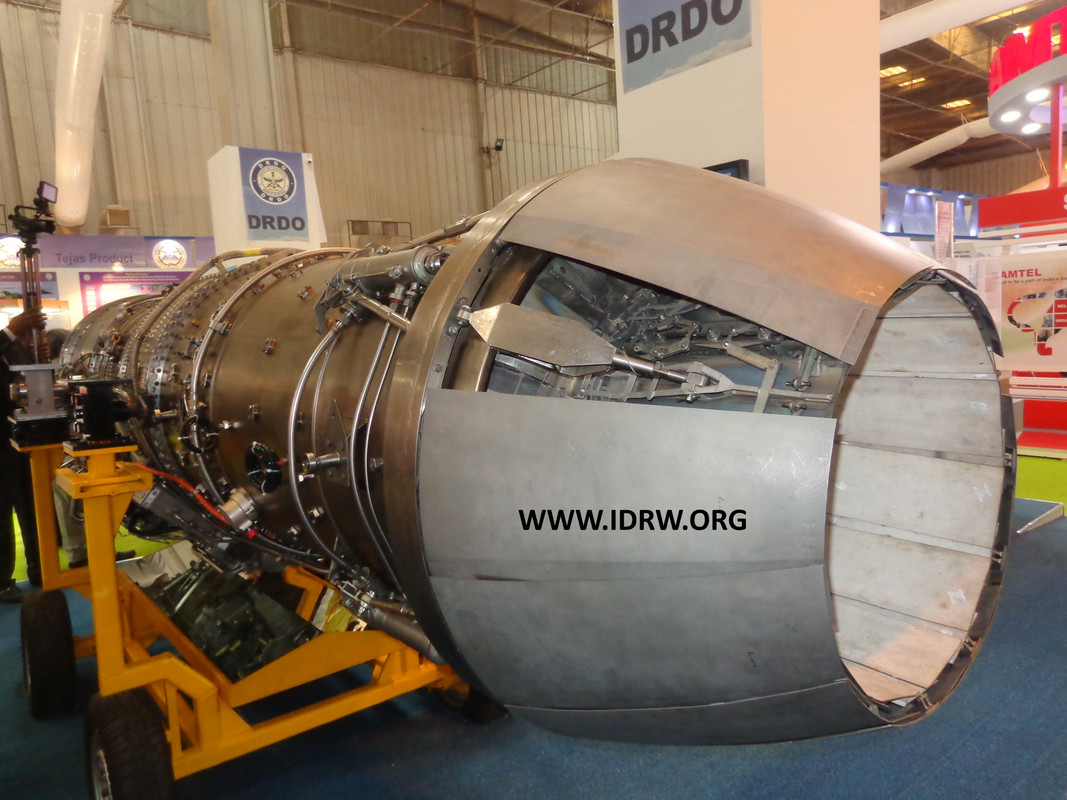
The Gas Turbine Research Establishment (GTRE) is gearing up for a crucial phase in the development of the Dry Kaveri engine, a milestone that could pave the way for an advanced version – the Kaveri 2.0. Over the next couple of months, GTRE is set to receive the newly built Dry Kaveri engine, which will undergo ground trials in India before moving on to the final validation stage at Russia’s Gromov Flight Research Institute (GFRI).
The Dry Kaveri engine has undergone rigorous testing, including combustion stability trials in India and high-altitude tests at Russia’s Baranov Central Institute of Aviation Motor Development in February 2023. With these essential validations completed, GTRE is now poised to take the next steps in advancing the engine’s capabilities.
Continue readingSOURCE: RAUNAK KUNDE / NEWS BEAT / IDRW.ORG

India’s quest for enhanced maritime surveillance and anti-submarine warfare capabilities takes a substantial leap forward with the Centre for Air Borne Systems (CABS) of the Defence Research and Development Organisation (DRDO) nearing completion of technology development for the C-295-based Multi-mode Maritime Aircraft (MMMA) and Medium-Range Maritime Reconnaissance (MRMRA) Aircraft programs.
The project envisages two distinct configurations based on the Airbus C-295 platform, each addressing specific needs. The MMMA, primarily for the Indian Coast Guard, will focus on coastal security, search and rescue missions, and pollution surveillance. The MRMRA, destined for the Indian Navy, will prioritize anti-submarine warfare, long-range surveillance, and target acquisition, potentially playing a crucial role in safeguarding India’s vast maritime interests.
Continue readingSOURCE: RAUNAK KUNDE / NEWS BEAT / IDRW.ORG
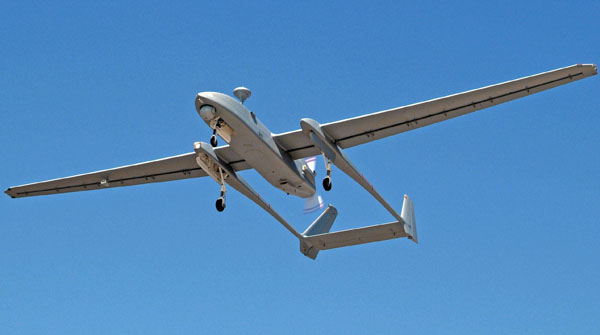
India’s fleet of 50 Heron MkI unmanned aerial vehicles (UAVs), currently serving across the Army, Air Force, and Navy, is set for a significant upgrade program. This collaborative effort between Hindustan Aeronautics Limited (HAL) and Israel Aircraft Industries (IAI) aims to rejuvenate the ageing fleet, enhancing its capabilities and extending its operational lifespan.
The core of the upgrade revolves around a new, more powerful engine. This will not only increase the Heron MkI’s range, allowing for deeper surveillance missions but also boost its payload carrying capacity. This opens up the possibility of integrating more advanced sensors and communication equipment, further amplifying the UAV’s operational effectiveness.
Continue readingSOURCE: RAUNAK KUNDE / NEWS BEAT / IDRW.ORG
India’s quest for Medium-Altitude Long-Endurance (MALE) Unmanned Aerial Vehicles (UAVs) has taken a temporary detour with the emergency procurement of Israeli Hermes 900 and IAI Heron Mk II drones. This decision, as sources tell idrw.org, stems from delays in the indigenous Tapas program and its possible superseding by the next-generation Archer NG program.
With a pressing need for MALE UAVs, the Indian Army, Air Force, and Navy opted for Israeli drones through the emergency procurement scheme. This quick solution allowed them to address immediate operational gaps while the indigenous programs continued development.
Continue readingSOURCE: RAUNAK KUNDE / NEWS BEAT / IDRW.ORG

In a significant stride towards bolstering its airborne surveillance capabilities, the Indian Air Force (IAF) marked a milestone in 2023 with the induction of the third Netra AEW&CS MK1. Originally utilized as a Testbed for the program by DRDO, the third Netra itself boasted additional features, showcasing the commitment to continual improvement in India’s indigenous airborne early warning and control systems.
The Netra AEW&CS program, spearheaded by the Defence Research and Development Organization (DRDO), has evolved over the years to become a crucial component of the IAF’s surveillance and reconnaissance arsenal.
Continue readingSOURCE: RAUNAK KUNDE / NEWS BEAT / IDRW.ORG
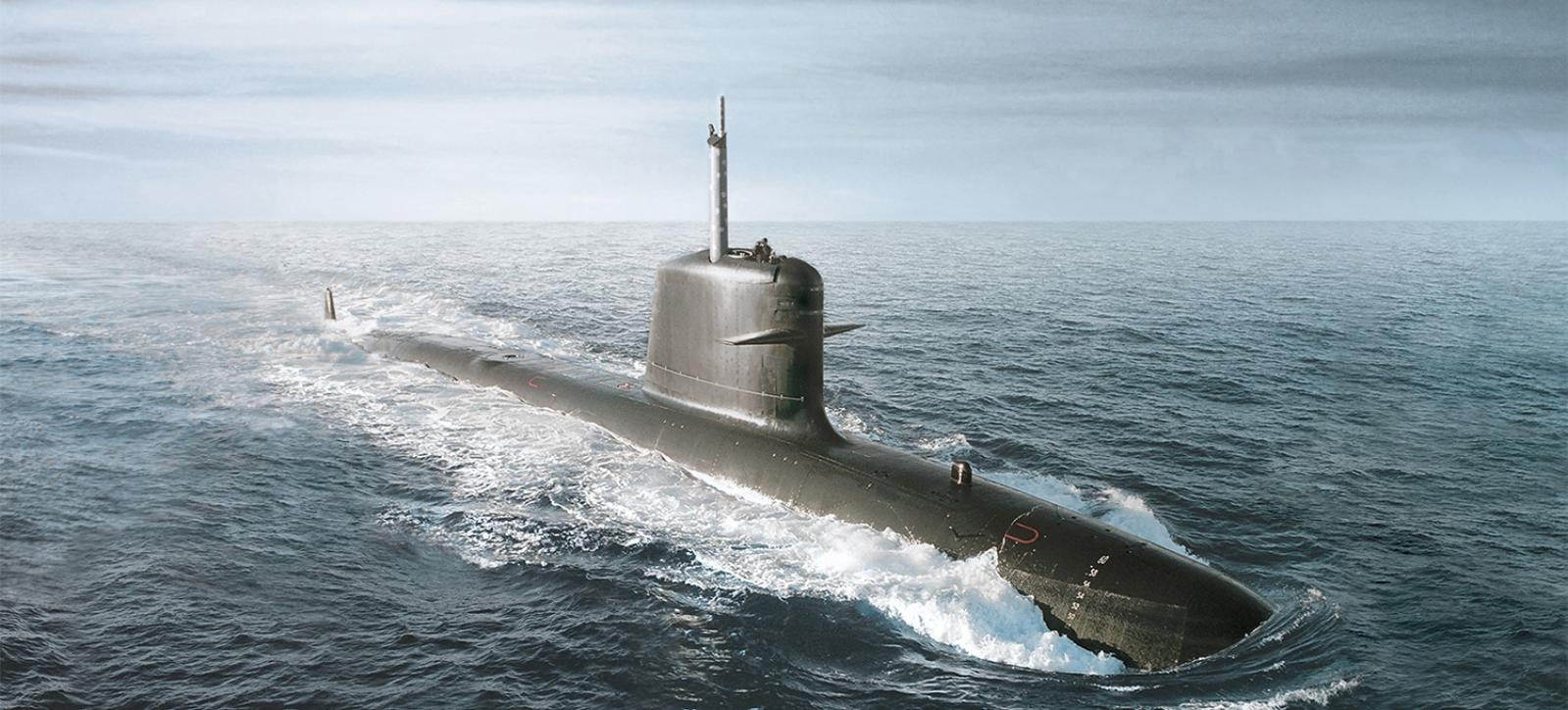
India’s quest for self-reliance in defence received a major boost with the Defense Research and Development Organisation’s (DRDO) High Energy Materials Research Laboratory (HEMRL) taking up the crucial task of developing an Anti-Sonar Decoy for the Indian Navy’s Kalvari Class submarines. This strategic move, announced during the recent ‘SWAVLAMBAN – 2023’ Naval Innovation and Indigenisation International Seminar, underscores the government’s commitment to empowering domestic defence capabilities.
Modern submarines rely heavily on stealth to navigate hostile waters undetected. However, their greatest nemesis is sonar technology, which can reveal their location and movements. Anti-Sonar Decoys play a vital role in countering this threat. These intelligent devices mimic the acoustic signature of submarines, confusing enemy sonar systems and providing precious time for the real submarine to evade detection and engage in countermeasures.
Continue readingSOURCE: RAUNAK KUNDE / NEWS BEAT / IDRW.ORG

The Indian Army’s arsenal is set for a boost with the upcoming arrival of the Arjun Mk 1A main battle tank (MBT). The first batch of these domestically-built tanks is expected to roll off the production line at the Chennai-based Heavy Vehicles Factory (HVF) in September 2024.
A total of 118 Arjun Mk 1A tanks have been ordered by the Indian Army, with the initial batch of 18 slated for delivery before the end of the current fiscal year (FY2024-25). Subsequently, HVF will deliver 30 tanks annually until the entire order is completed by 2027.
Continue reading